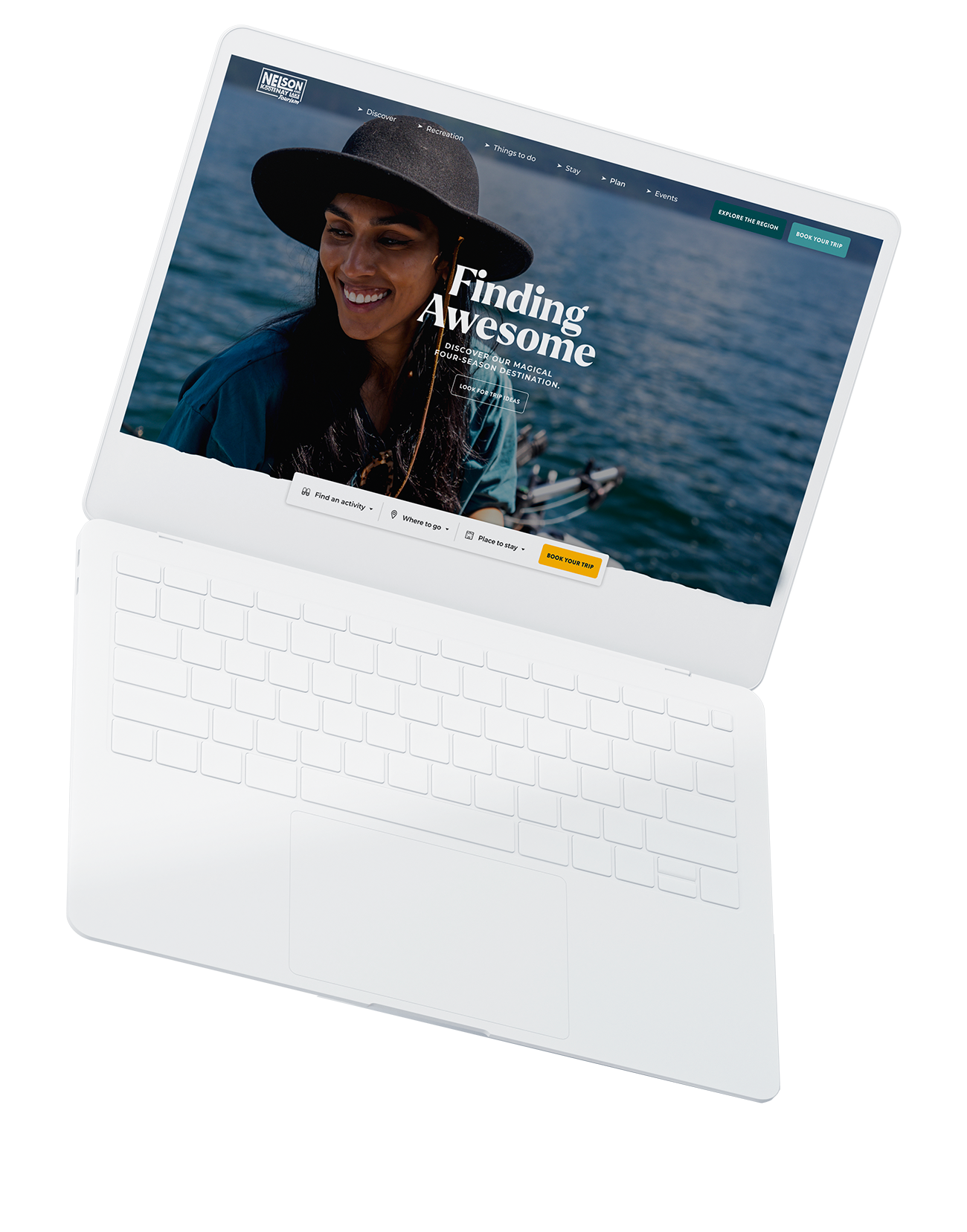Quality or Quantity What’s More Important on Social Media?

How often should your business be posting on social media?
It’s a question we hear all the time, and it’s a tough one to answer.
The truth is that there is no ‘one-size-fits-all’ solution when it comes to posting frequency on social media. However, there is one thing that remains true no matter your business or industry — what you post matters more than how often you do it.
You could be making multiple posts a week, but if what you’re posting doesn’t provide value to your followers, you’re going nowhere fast. A disengaging post won’t serve your business, and in fact, could be harmful to your brand and social media presence.
So the answer to the question in the title of this article is yes, you very well may be posting too often. But more importantly, you might be posting the wrong stuff too often.
Here are a few tips to help make sure you aren’t making this common social media mistake.
Don’t panic — make a plan
It happens all too often. A business will notice that its posts aren’t receiving engagement, and so they start posting in a flurry, hoping to grab whatever attention they can. Then, when those posts don’t perform well, they post even more (but in a panic, rather than with careful thought). And the cycle continues.
If you’re just posting for the sake of posting, you risk winding up stuck in this dreaded loop of disengagement. So if what you’re doing now isn’t working, don’t panic. And don’t skip what is arguably the most important step in a social media strategy — the actual strategizing part.
Start by making a plan. Get to know your audience. Figure out what they like and what resonates with them. Define your brand and your voice (and be sure to avoid these common branding mistakes while you’re at it).
Content calendars are a great way to plan your social media moves and ensure that you’re posting with purpose.
Spend more time creating less content
It’s better to spend more time creating less, but higher quality, content for your social media channels. It’s a bit counter-intuitive as the trend for many years was to pump out as much content as possible, but now with so much for audiences to sift through, the important thing is that you’re creating something that stands out and provides value.
It’s better to have one post with high engagement than five posts with little engagement. Not only does this mean you are doing a better job of serving your audience, but you will be favoured by algorithms.
Understanding social media algorithms
Most social media platforms use algorithms that place importance on the amount of engagement on your posts. This means that the more people engage with your post by liking it, sharing it, commenting on it and so on, the higher the chance that your post will appear on the feeds of others.
For some platforms, like Instagram, your future posts are more likely to appear higher up on the feeds of people who engage with your page and posts.
The tricky thing about algorithms is that they’re always changing. So rather than trying to ‘crack the code’ or find a social media loophole, it’s more effective to simply focus on posting content that your target audience will enjoy and engage with. Not only is this the surest way to win the social media game, but it’s the best way to actually build relationships and trust with your audience, which is the main goal of social media in a marketing strategy.
So before you post (whether it’s photography, video, blogs, product information or so on), think. Ask yourself what your audience would gain from this piece of content. Is it entertaining, informative, interesting, thought-provoking, helpful?
How can you increase your engagement on social media?
Use video.
Create shareable content.
Consider using ads.
Host a contest.
Show real people.
Get to know your audience.
Choose your channels wisely
You don’t need to be everywhere, especially if your resources are limited.
Rather than stretching yourself too thin and trying to post on every social media channel, focus on the ones that work best for your business. Figure out what platforms your target audience is using the most, and choose the ones that work best for your business.
It’s also important to customize your content for each channel that you’re using. A flash sale may be a great thing to post on an Instagram Story, but not as a LinkedIn post. A company announcement may work well on Facebook and Twitter, but not necessarily on Instagram. The hashtags and visual assets that you use may also vary from platform to platform.
A quick breakdown of the different social channels:
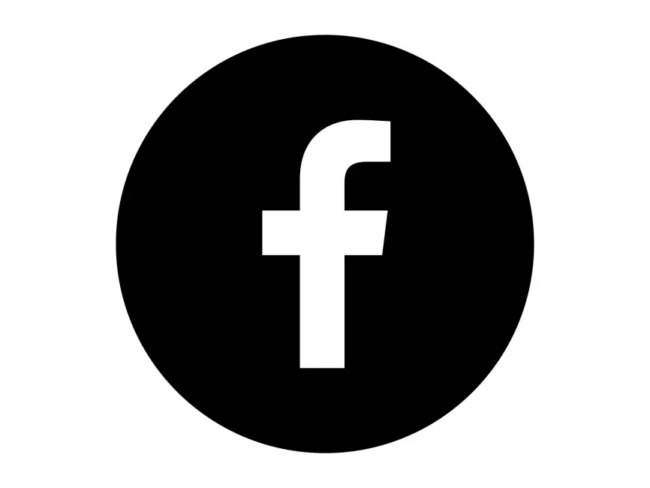
- With over 2.2 billion users, Facebook has the largest audience of any social platform.
- Collects an incredible amount of user data, and paid ads can be very targeted.
- Heavy usage by all genders between the ages of 18 to 50, and older demographics are also present.
- Not as popular with younger generations, such as Gen Z. While many still use the platform, they are not as active and use it mainly to communicate with family and friends.
- Can post plain text, links, photos, videos, polls and more. Video is expected to reign supreme in the near future.
- The tricky part? The platform is heavily saturated and engagement for businesses is on the decline — how will you stand out?
- With over 1.5 billion users, YouTube is the second most-visited website next to Google.
- As the go-to social network for video, YouTube is heavily used by all ages.
- 6 out of 10 people would rather watch videos online than on television.2
- Videos are expected to make up more than 82% of consumer Internet traffic by 2022. 3
- YouTube videos can be shared on other social media networks, such as Facebook, to increase reach.
- The tricky part? Making quality videos takes resources.
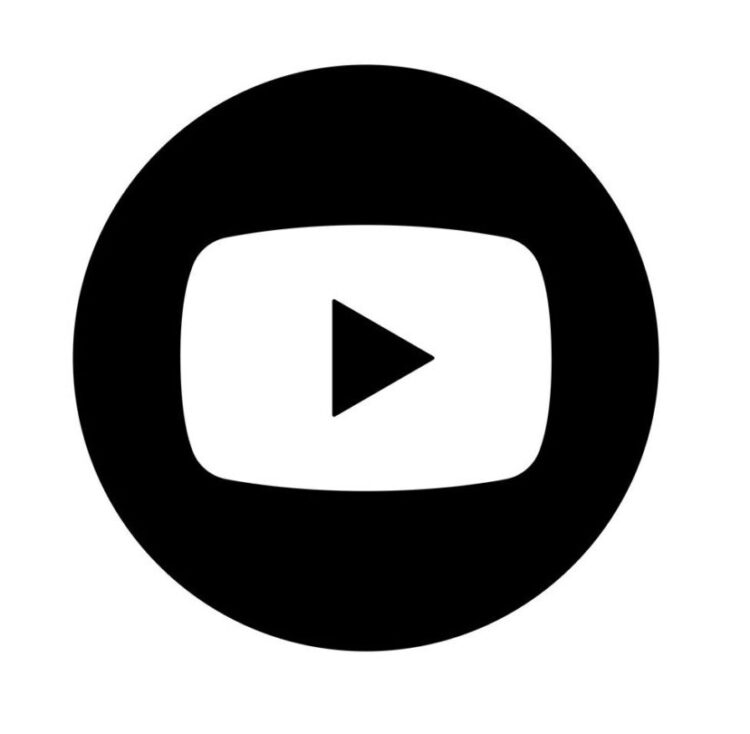
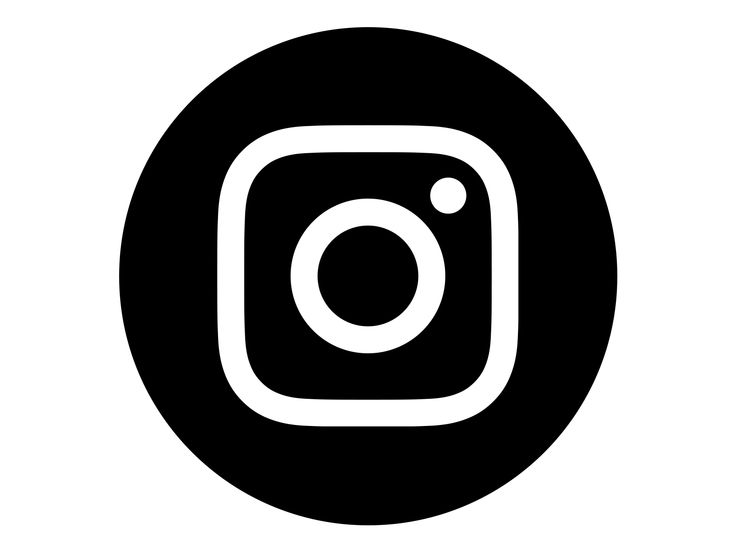
- Instagram is one of the fastest-growing social media channels with over 1 billion users.
- Visual platform, photos and/or videos are essential but captions are also important.
- Instagram Stories are becoming just as, if not more, important than regular posts.
- Instagram Stories provide opportunities to interact with users by using features like ‘stickers’ and polls.
- Hashtags and influencers are important.
- Heavy usage between people aged 18 and 34, and younger generations (who love visual content) are also heavily present.
- The tricky part? Without quality visual assets and a clear strategy, you may not perform well.
- LinkedIn has over 500 million members.
- Great for B2B industries.
- One of the best platforms to connect with other industry professionals.
- 61 million users are senior level influencers, 40 million are company decision-makers.
- Can be used for recruitment, company updates, posting links to relevant articles or blog posts, and so on.
- Like other social media platforms, including visual assets in posts increases engagement.
- The tricky part: LinkedIn is a bit more of a niche market. If you’re not in a B2B or more professional industry, it may not be worth your resources.
- References: Omnicore.

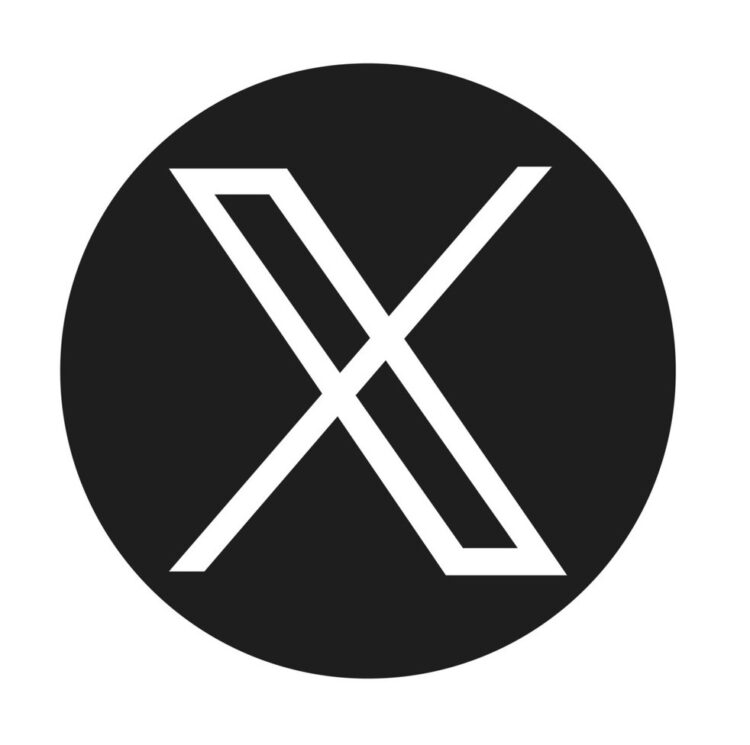
- X (Twitter) has 300 million monthly active users.
- Millennials are prevalent on Twitter. 40% of people aged 18 to 24 are on the platform, and 27% of people aged 30 to 49.
- Used predominantly for news and current events.
- Important platform for influencers, government leaders and celebrities.
- Tweets with visual aids, such as a gif or video, receive higher engagement.
- Hashtagging is important, and paid ads can even use hashtags in their targeting.
- Twitter is often used for customer service, but beware — it can also become a platform for complaints if you’re not vigilant.
- The tricky part: Millions of tweets are created every day. If you’re not putting in a consistent and purposeful effort, you may go unnoticed. Also, as mentioned above, Twitter can quickly become a breeding ground for negativity surrounding your brand if you’re not careful.
Every post matters
Remember that every post matters, consistency is more important than frequency, and quality trumps quantity.
Want to learn more about social media marketing? Check out our latest stories!
And if you need assistance determining a social media strategy for your service-based business, Knock on our door to start the conversation – here at Csek Creative — we are always happy to help!


